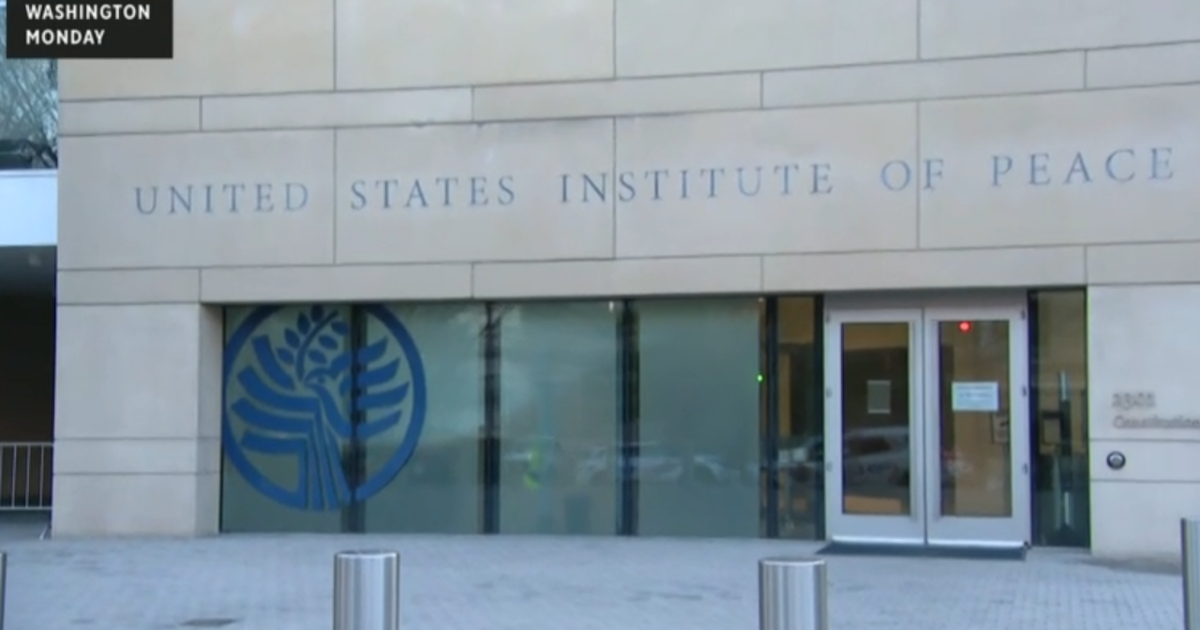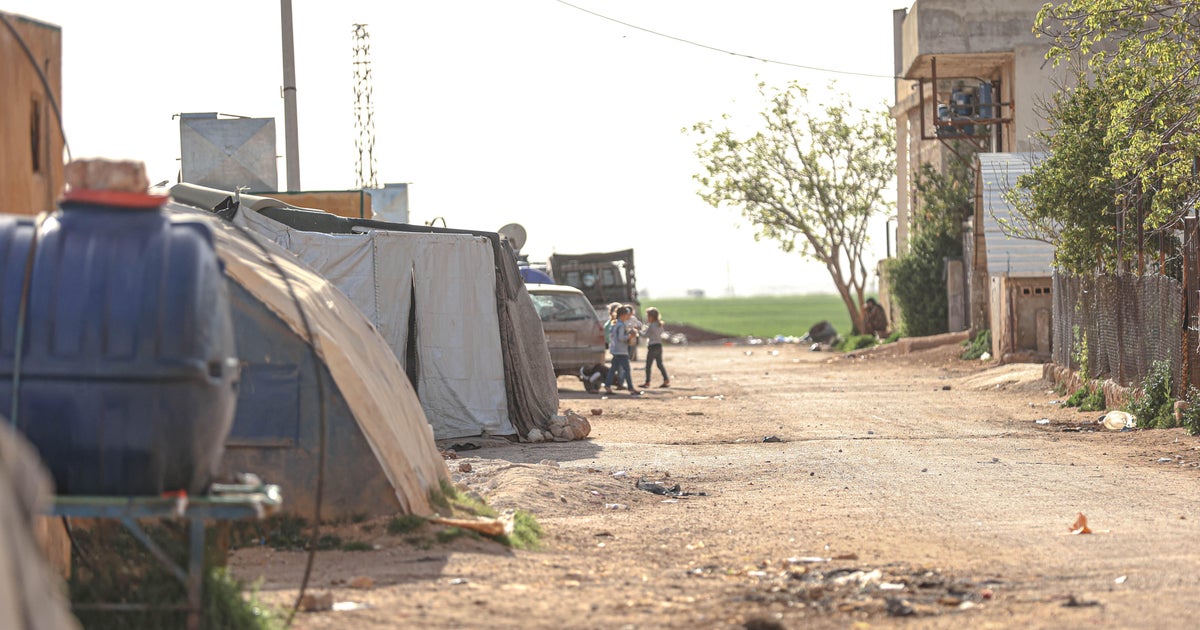Millions of households are behind on rent as federal aid trickles out
Millions of Americans behind on rent are still not getting the assistance they need fast enough, the Treasury Department said Wednesday. Another $1.68 billion in federal rental assistance went out in July, only a small fraction of the funds made available by Congress.
Just $5.1 billion of the first $25 billion round of rental assistance, passed in December, has gone to those in need amid fear of evictions and the federal moratorium remains in legal peril. An additional $21 billion was passed in March, meaning roughly 89% of all rental assistance money has not gone out.
More than 7.9 million households are behind on rent, according to the latest Census Bureau data from early August. Of those, more than 3.5 million said they were very or somewhat likely to be evicted in the next two months.
While the distribution of funds remains slow, there has been a steady uptick. In June, the amount of money approved for those in need at just over $1.5 billion doubled the funding that had gone out since the program began. Last month, that number increased 15% from the month before.
Since the beginning of the year, more than 1 million payments have been made to households at risk of eviction. More than 340,000 households received payments in July alone. But whether people are getting the money varies largely depending on the states and counties they live in.
Starting at the end of September, state and local programs that have been slow or unwilling to get money out are at risk of losing their funds. The Treasury Department can reallocate any unused money to programs who have used at least 65% of their rental assistance by then.
New York is one of several states that have struggled to get funds out. According to Treasury data, the state has sent out slightly more than $18.4 million, less than 1.5% of its funds. In her first address as governor, Kathy Hochul said Tuesday getting rental assistance out was one of her top priorities, and the state would launch a new campaign to reach more New Yorkers, hire additional staff to process applications and examine why relief isn't getting out.
At least seven states, all of which have at least $200 million in rental assistance from the first round of funding or more, have spent less than 5% of their funds. At least 28 states have spent 15% or less of their total funding, while at least 40 states have spent less than 25% from the first round. Only one state, Virginia, has distributed more than 50% of its total money. Texas is close behind at 45%.
According to the Treasury Department, one of the biggest challenges programs face in getting money to landlords and renters is application processing delays. On Wednesday, the department provided seven additional policies to help speed up getting the money out.
A federal eviction moratorium covering roughly 90% of the country remains in place until October 3. The previous eviction moratorium by the Centers for Disease Control and Prevention was allowed to expire at the end of July amid back and forth between the Biden administration and congressional Democrats over who had the authority to extend it.
If the Supreme Court strikes down the current one, which it could in a ruling expected shortly, Congress would have to act — a tough climb even in the Democratic-controlled House. In the Senate, no Republicans support passing a new eviction moratorium, far short of the 10 necessary to enact legislation.
Housing advocates want states and counties to pass their own eviction moratoriums to protect tenants, as well as protections for tenants still waiting for rental assistance they've already applied for.
Even in states seeing moderate success, people are still waiting for relief checks and the process can be time-consuming and complicated.
Texas resident Roegina Perez was able to hold onto a job throughout 2020, but became unemployed in January. By mid-February, she was struggling to pay rent on her apartment just outside San Antonio, so she applied for rental assistance in March and was approved in June.
But as of the end of August, she's still waiting for money, taking odd jobs to help pay the bills. Since being approved this spring, the amount she owes has gone up, and her request has had to be amended. For her, it's unclear when the approved assistance will arrive.
"I've hit so many walls with this program. I was really, really frustrated by it," Perez said.
The program Perez applied for is administered at a more local level, essentially a precursor to the state's Texas Rental Relief Program using Emergency Rental Assistance funds. As she waits months, the state has paid out or approved nearly $750 million in federal Emergency Rental Assistance funds.



